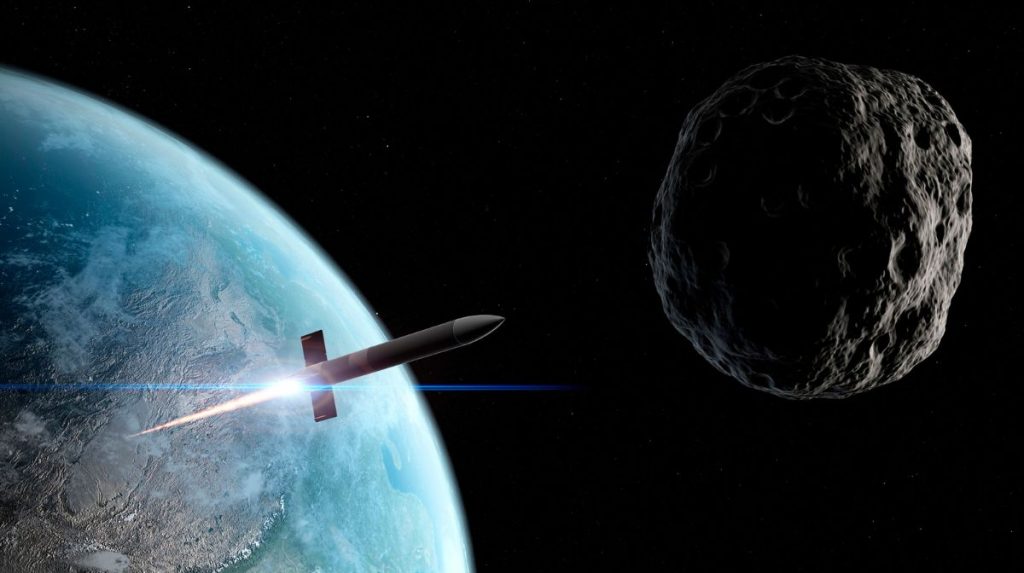China will send a spacecraft to hit an asteroid in 2025

China will send two probes, one to explore and the other to hit 2020 PN1, an asteroid about 40 meters wide.
Wanting to emulate what NASA did with the DART Mission , China also wants to test its planetary defense capability against potentially dangerous asteroids . But while NASA sent a single probe that hit the Dimorphos asteroid , China will send two probes , one to explore and the other to hit, said Wu Weiren , chief designer of his country's lunar exploration program.
“We will launch two probes: the first is for exploration. Having studied the asteroid thoroughly after one period, the other, an impactor, will follow our orders to collide with the asteroid and hopefully knock it three to five centimeters off course,"
Wu said.
The goal: 2020 PN1
China first announced its plans for the mission in April and later revealed that the test would target a space rock known as 2020 PN1 , a "potentially hazardous" asteroid about 40 meters across.
This asteroid is classified as an Aten-class asteroid , which means that it has an orbit around the Sun that occasionally overlaps with Earth's orbit.
The mission would launch a Long March 3B rocket around 2026, but the Asian nation has already announced that it will advance its project a year earlier, that is, in 2025.
According to the plan, the ships will be sent together, but after separating from the Long March 5 they will go on different trajectories. The patterned disturbance would be enough to change the asteroid's trajectory over time.
"A deviation of three to five centimeters would change the trajectory by more than a thousand kilometers after about three months," said the chief designer of China's lunar exploration program. “The longer the time, the greater the change in trajectory.”

NASA did it first with DART
This is not the first mission that attempts to deflect an impacting asteroid with a specially designed spacecraft.
In fact, this was exactly the goal of NASA's DART (Double Asteroid Redirection Test) mission, which headed for the distant Dimorphos asteroid , in the Didymus system , to see if it could adjust its trajectory.
Follow-up observations would confirm that the DART mission was a success and that Dimorphos' orbit was slightly changed.
The European Space Agency (ESA) will launch a companion mission, Hera , in 2024 to examine the impact of DART.
[ruby_related heading="More Read" total=3 layout=6]
These tests, as well as those conducted by China, are significant in the developing subject of planetary defense, in which scientists try to find a mechanism to protect Earth from a probable asteroid collision, one of the deadliest natural disasters that could occur.

Leave a Reply